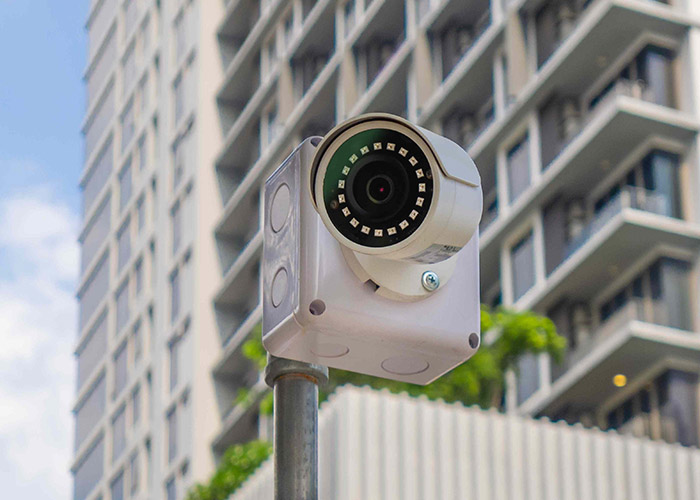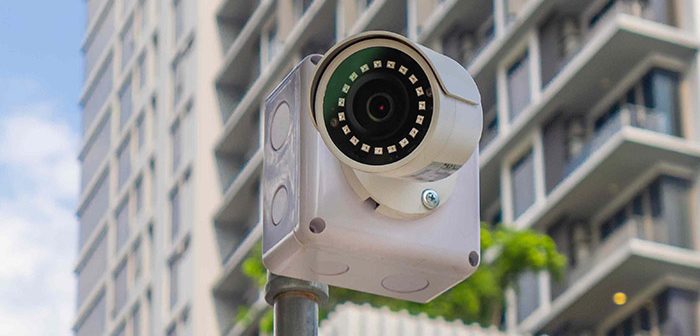
Security solutions company Dahua Technology has released its latest AI-supported technology, AcuPick 2.0, for its camera range, including its three-in-one camera.
AcuPick 2.0 allows users to quickly and accurately locate and track targets throughout multiple locations, distinguishing between humans, vehicles and animals. The search capabilities extend to attribute target search, instead of solely filtering by location or timestamp.
By way of example, the technology can categorise vehicles based on their type (SUV, sedan, etc.), colour, logo and whether the driver was smoking or on a call. Facial recognition can also be enabled with certain hardware models to allow users to easily compile when and where a target has appeared.
Dahua Technology has been operating in the Australian market for almost a decade and is one of the most established security hardware providers in China.
Advanced AI learning allows AcuPick 2.0 to both manually and automatically self-learn. This greatly reduces false alarms, especially when supported by its ability to differentiate animals by general species, like dogs and cats from roaming wildlife such as possums.
AcuPick 2.0’s target tracking feature has a wide range of applications. In homes, it can significantly reduce cases of lost pets by keeping track of them around a property. For commercial applications, users can track targets against a map overlay in real time, which is especially helpful for multi-level management across large spaces and high-foot traffic locations.
-
The technology is compatible with third-party cameras and Dahua general cameras through a Network Video Recorder, reducing system construction costs.
-
AcuPick 2.0 Key Features include:
-
Quickly and accurately locate targets through various pre-search attributes;
-
Rich search types, including not only humans and vehicles, but also human faces and animals;
-
Easily trackable, supports searching for movement trajectories of targets while on the map;
-
Better compatibility with third-party and Dahua cameras, reducing costs while enhancing flexibility and scalability; and
-
3rd platform compatibility.





